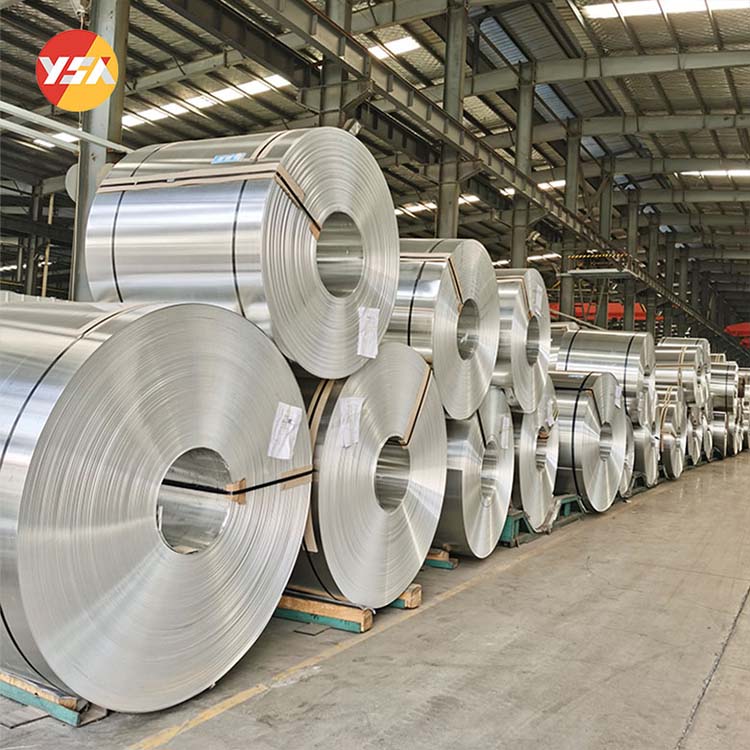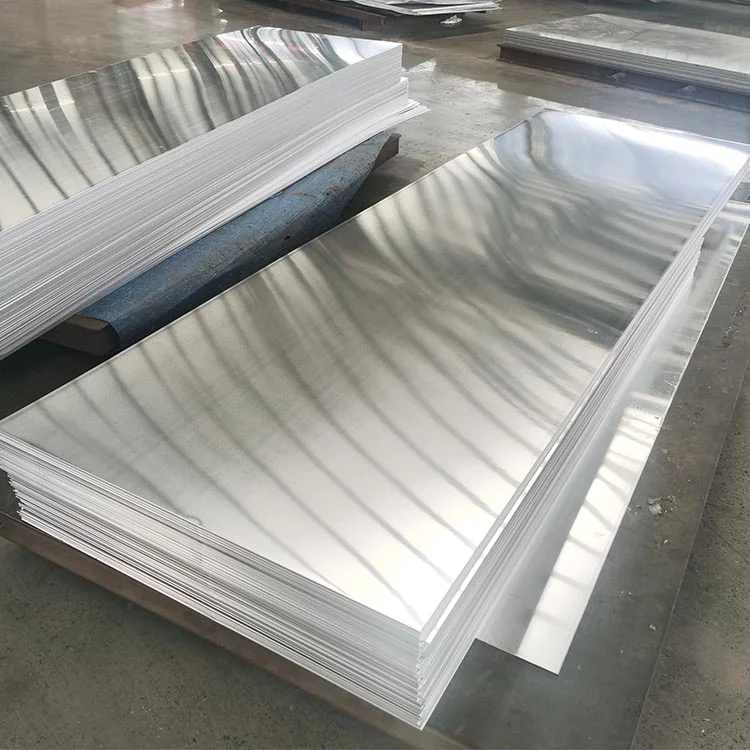[ad_1]
Aluminium 5052 vs 6061: Which Alloy is Right for Your Project?
Aluminium is a versatile and widely used metal in various industries due to its lightweight, durability, and corrosion resistance. When it comes to choosing the right alloy for your project, two of the most popular options are Aluminium 5052 and 6061. Both alloys have unique characteristics that make them suitable for specific applications. In this article, we will compare Aluminium 5052 and 6061 to help you determine which alloy is the right choice for your project.
Aluminium 5052 Overview
Aluminium 5052 is a non-heat treatable alloy that is highly resistant to corrosion. It is commonly used in marine and chemical processing industries due to its excellent seawater resistance. Aluminium 5052 also has good workability and formability, making it ideal for applications that require bending, forming, and welding. Additionally, Aluminium 5052 has high fatigue strength and medium static strength, making it suitable for structural applications.
Aluminium 5052 is composed of 2.5% magnesium, which gives it excellent corrosion resistance and strength. It also contains small amounts of chromium and manganese for added strength and durability. Aluminium 5052 is commonly available in sheet, plate, and coil forms, making it a versatile choice for a wide range of applications.
Aluminium 6061 Overview
Aluminium 6061 is a heat treatable alloy that offers high strength and excellent machinability. It is commonly used in aerospace, automotive, and structural applications due to its superior strength-to-weight ratio. Aluminium 6061 also has good corrosion resistance and weldability, making it a popular choice for projects that require machining and welding.
Aluminium 6061 is composed of 1.0% magnesium, 0.6% silicon, and 0.28% copper, which gives it superior strength and durability. It also contains small amounts of chromium, zinc, and titanium for added strength and corrosion resistance. Aluminium 6061 is available in various forms, including sheet, plate, bar, and extrusions, making it a versatile option for a wide range of applications.
Comparison of Aluminium 5052 and 6061
Strength and Stiffness
Aluminium 6061 is known for its high strength and stiffness compared to Aluminium 5052. While Aluminium 5052 has good fatigue strength, Aluminium 6061 offers superior tensile strength and hardness, making it suitable for applications that require high mechanical performance.
Коррозионная стойкость
Aluminium 5052 is highly resistant to corrosion, especially in marine and chemical environments. Its magnesium content provides excellent corrosion resistance, making it a popular choice for applications that require protection against rust and corrosion. On the other hand, Aluminium 6061 also has good corrosion resistance, but it may not be as durable as Aluminium 5052 in harsh environments.
Обрабатываемость
Aluminium 6061 is known for its excellent machinability and weldability compared to Aluminium 5052. Its composition allows for easy machining, cutting, and drilling, making it a preferred choice for projects that require precise machining and fabrication. Aluminium 5052, on the other hand, is more difficult to machine due to its higher magnesium content.
Formability
Aluminium 5052 has better formability and weldability compared to Aluminium 6061. Its composition allows for easy bending, shaping, and welding without compromising its strength and durability. Aluminium 6061, on the other hand, may require special techniques to maintain its mechanical properties during forming and welding.
Стоимость
The cost of Aluminium 5052 and 6061 can vary depending on factors such as size, thickness, and quantity. In general, Aluminium 6061 may be more expensive than Aluminium 5052 due to its higher strength and machinability. However, the overall cost will depend on the specific requirements of your project and the availability of each alloy in the market.
Приложения
Aluminium 5052 is commonly used in marine, chemical processing, and architectural applications due to its excellent corrosion resistance and formability. It is also used in structural components, tanks, and panels that require good weldability and fatigue strength. Aluminium 6061, on the other hand, is preferred in aerospace, automotive, and high-stress applications that require superior strength and machinability. It is also used in structural components, frames, and extrusions that require high performance and durability.
Заключение
In conclusion, Aluminium 5052 and 6061 are both excellent alloys with unique characteristics that make them suitable for specific applications. While Aluminium 5052 offers superior corrosion resistance and formability, Aluminium 6061 provides high strength and machinability. The choice between Aluminium 5052 and 6061 will depend on the requirements of your project, such as strength, stiffness, corrosion resistance, and machinability. It is important to carefully consider these factors before selecting the right alloy for your project to ensure optimal performance and durability. Whether you choose Aluminium 5052 or 6061, both alloys will provide excellent properties that make them versatile and reliable options for a wide range of applications in various industries.
[ad_2]


